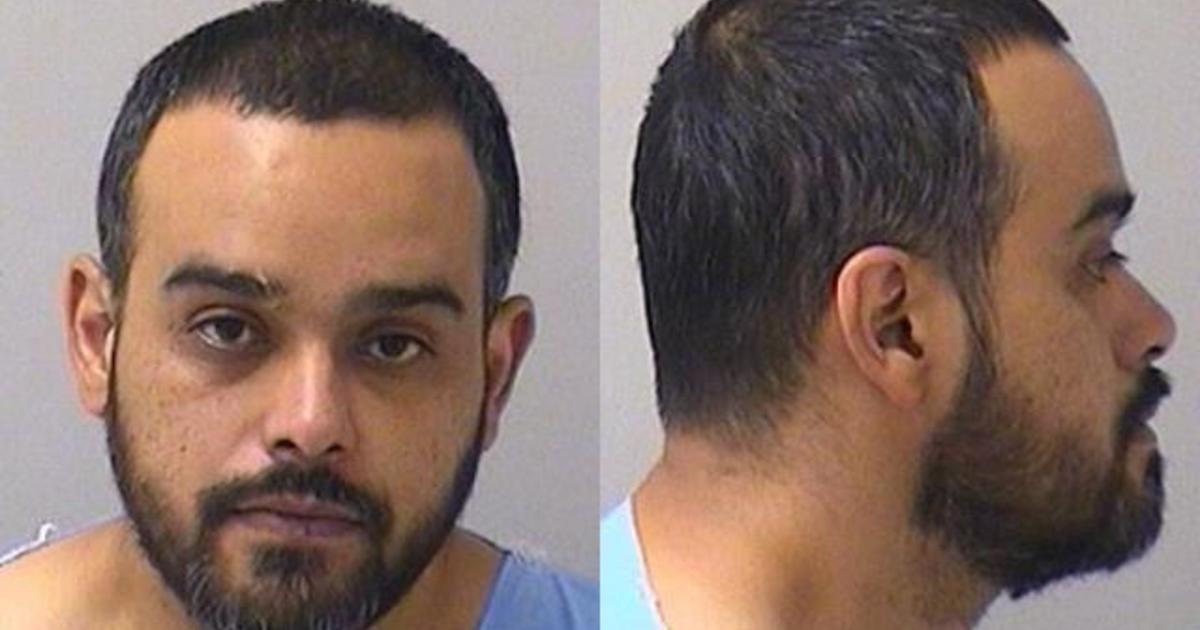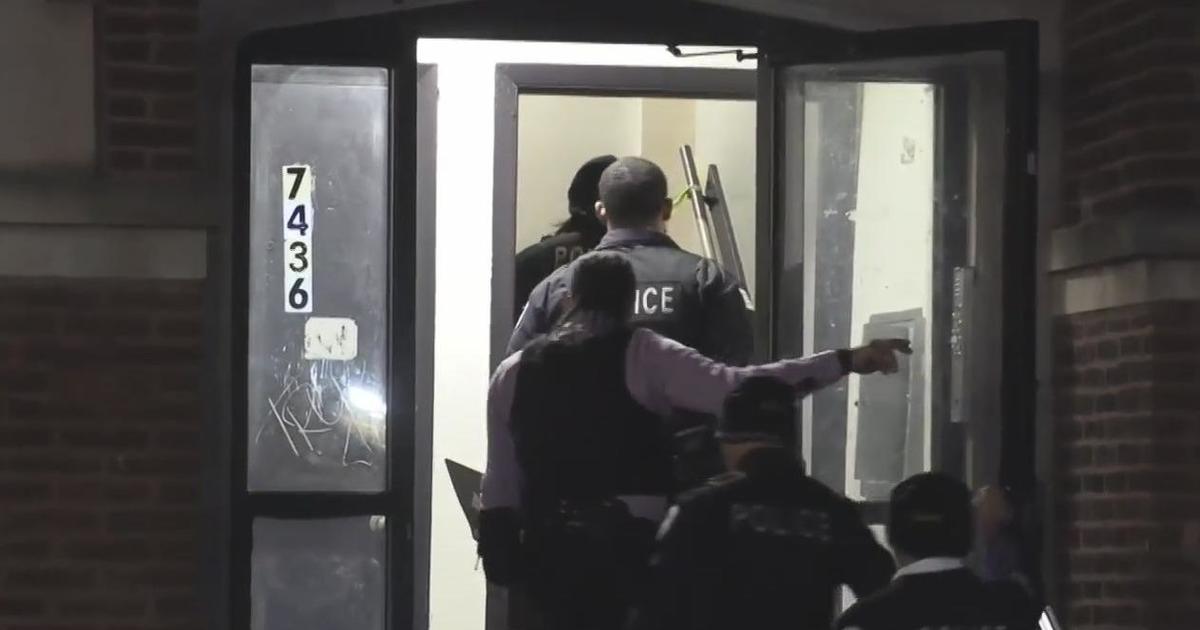Last Chance: See 'Crime Unseen' At MoCP
by Amy Cavanaugh
Hours: 10 a.m.-5 p.m.;
Thurs 10 a.m.–8 p.m.; Sun, 12 p.m. – 5 p.m.
Free
The images in Crime Unseen, the Museum of Contemporary Photography's latest show, are lurid, dark, and incredibly captivating. Each of the photographers takes pictures of crime scenes, well after the crime has occurred. There are no people in these images; just houses, street corners, snowy roads, and other places that violent crimes have occurred. The photographs draw out questions about how we look at murder, remember victims, and the role the medium plays in solving crimes.
In her series "Evidence," Angela Strassheim uses "Blue Star," a chemical forensic spray that makes blood remaining on crime scenes appear blue. She began using "Blue Star" while working for the Miami Forensic Imaging Bureau, and the series features images from several crime scenes. The photographs are gothic-inspired and visually stunning - the rooms appear dim, except for patches that the viewer knows are blood from the victim. A photograph of a bedroom has splatters glowing on a wall.
In "Redheaded Peckerwood," Christian Patterson traced the path of teenage couple Charles Starkweather and Caril Ann Fugate, who committed a series of murders in Wyoming and Nebraska in the winters of 1957 and 1958. Patterson shot crime scenes and documents relating to the murders, then added in his own ideas about what may have happened. This mix of fact and fiction allows us to see how prominently imagination figures into our perception of crimes. Images include "House at Night," which captures the corner of a house with glowing gold and turquoise light pouring from the windows. There's snow outside and a dead end sign visible on the road. "Falling Flowers" offers a close-up of yellow-rose printed wallpaper, and "Bloody Snow" documents a field of white snow broken up by vibrant red lines and spatters. The images are inviting yet eerie, and they encapsulate the lonely, dark aesthetic that the whole show puts forth.
Chicago also figures prominently in the show. One room is devoted to photographs from the Chicago History Museum's Chicago Daily News archive. Represented are Al Capone, Bugs Malone, and other gangsters from the '20s and '30s, along with photographs of crime scenes and criminals. It's a brief but compelling look back at major parts of Chicago's history. There are also photographs that Richard Barnes took of Ted Kaczynski (the Unabomber)'s cabin. Kaczynski was born in Chicago and mailed bombs to protest human destruction of the natural world and our dependence on technology. Barnes photographed Kaczynski's Montana cabin while it sat in storage facility, where it was being held for evidence, and he also shot the location where it once stood. Barnes' images explore how we look at evidence in relation to a crime.
Crime Unseen is a large show, but each element is strong and adds to the overall narrative - crime is a terrible thing, but our fascination with it and desire to know more is something we just can't escape.
Crime Unseen runs through January 15.





